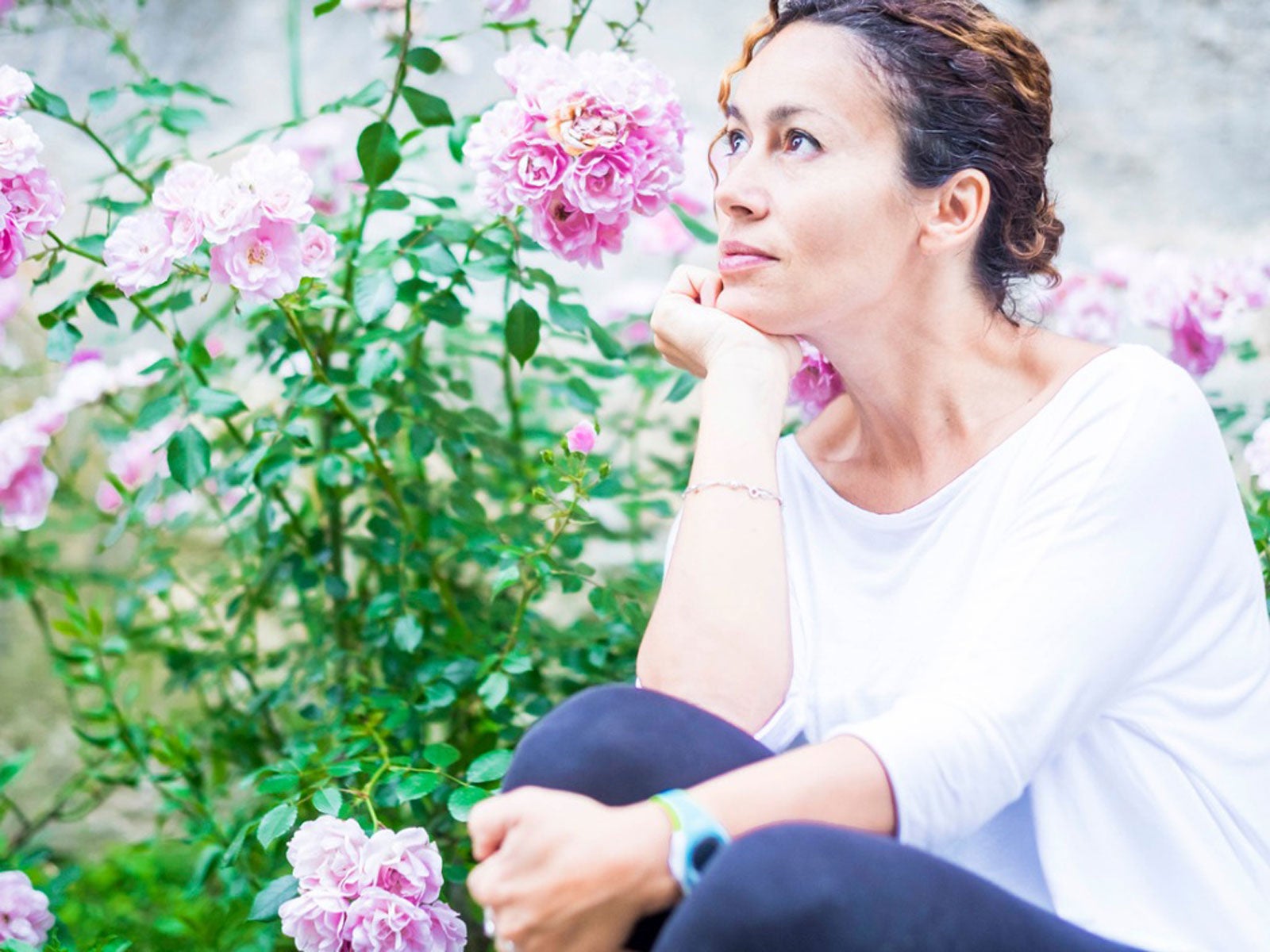Gardening Truths: Surprising Gardening Facts About Your Garden


These days, the amount of gardening information available to us is overwhelming. From personal blogs to videos, it seems that just about everyone has their own views regarding the best methods for growing fruits, vegetables, and/or flowers. With so much at our fingertips, it is easy to see why the line between fact and fiction has so quickly become blurred.
Gardening Truths vs. Fiction
Debunking common garden myths and focusing on the real facts about your garden is just one waygardeners can feel more confident in their ability to maintain a healthy and productive green space. I know it helps me, so I’m sharing some surprising gardening facts that you may not know (but should).
Do-it-Yourself Pesticides and Herbicides
Did you know that one of the most commonly found posts online is about homemade solutions for managing weeds and insects in the garden?
In cases like this, gardening truths are especially important. When considering the validity of a post, it is imperative to consider its source, which is why Gardening Know How relies mainly on .edu and other reputable sites for information – in addition to our own gardening experience. After all, we all are gardeners here.
Many home remedies can be extremely harmful to the garden, and in some cases, people. These harmful combinations can be especially problematic due to their ability to be quickly shared online.
I recommend that you thoroughly research information first and make certain to only use accredited and trustworthy sources when considering the application of ANY substance in the garden. Even better, don’t add them at all unless it’s just absolutely necessary as a last resort. And then, test it out on a small portion of your garden space before covering the entire area.
Soil Amendments
Learning facts about your garden and its specific needs is extremely important, and this is especially true when amending the soil. While perfect garden soil (if there really is such a thing) is a rich loam, many gardeners are faced with less than ideal conditions.
Sign up for the Gardening Know How newsletter today and receive a free copy of our e-book "How to Grow Delicious Tomatoes".
Adding organic matter, such as finished compost, is most commonly recommended to enhance garden soils. However, those who experience drainage problems should be careful when considering the addition of a substance like sand. Though commonly suggested online, adding sand to clay soils may cause more harm than good, resulting in extremely hard, almost concrete-like, garden beds. Just another FYI you should be aware of, since they don’t always tell you that. I learned firsthand the hard way, “hard” being the optimal word here.
New Garden Plantings
While many online growers advocate for intensive garden planting, it is important to note that this approach is not ideal for everyone. Gardeners planting perennial landscapes may be encouraged to plant closely. However, this can be quite detrimental as the plants continue to grow to maturity. Poor spacing and air circulation can encourage disease, crowding, and decline in overall plant health.
So next time you see this recommendation, which is okay for some situations, take the time to consider your own garden and its needs. Many times, the desire to quickly fill in those spaces isn’t worth the trouble when you find yourself having to fight off fungal diseases, which spread even quicker.
Your plants, when given suitable conditions, will fill in the garden in their own time. Until then, it never hurts to give your plants a little space – we can all benefit from having a little space from time to time. The garden is no exception.
Rooting Hormones for Plant Cuttings
The propagation of plants through cuttings is one of the easiest ways to multiply your favorite plants. This is true. BUT, while many supposed alternatives to rooting hormone are suggested online, gardening truths tell us that these suggestions have no basis in fact. Take cinnamon, for example. It may have some antimicrobial properties, but does it actually contribute to the development of roots?
Most information does point to this as being true to some extent, as cinnamon helps prevent fungal infections, which may aid with keeping the cuttings healthy as they root. But this, as with any other “advice” should always be looked into further before trying it on your own plants.
Wait, don’t we advocate the use of various rooting hormones in our articles? Yes, and no. In most cases, we simply suggest its use as an option and is not usually a requirement for plants to root. A number of plants will actually root just fine without the addition of rooting hormone. Again, this depends on the individual gardener, the plants being grown, and their personal success with said rooting agent.
Not everyone has the same outcome. Some of my fellow gardeners swear by these while others, like our senior editor, rarely use rooting hormones for cuttings, yet still find success.

Tonya Barnett has been gardening for 13 years. Flowers are her passion. She has transformed her backyard into a cut flower garden, which she regularly chronicles on her YouTube channel http://www.youtube.com/@tonyawiththeflowers.